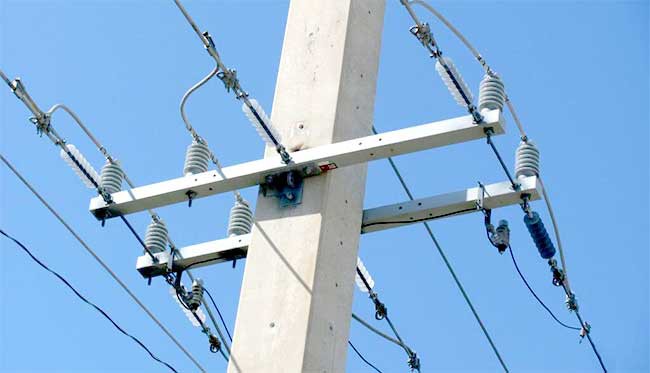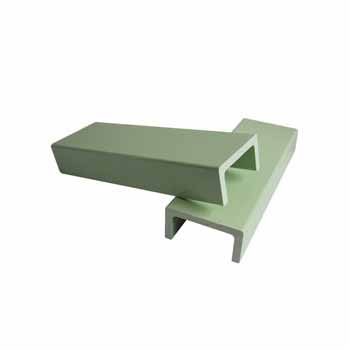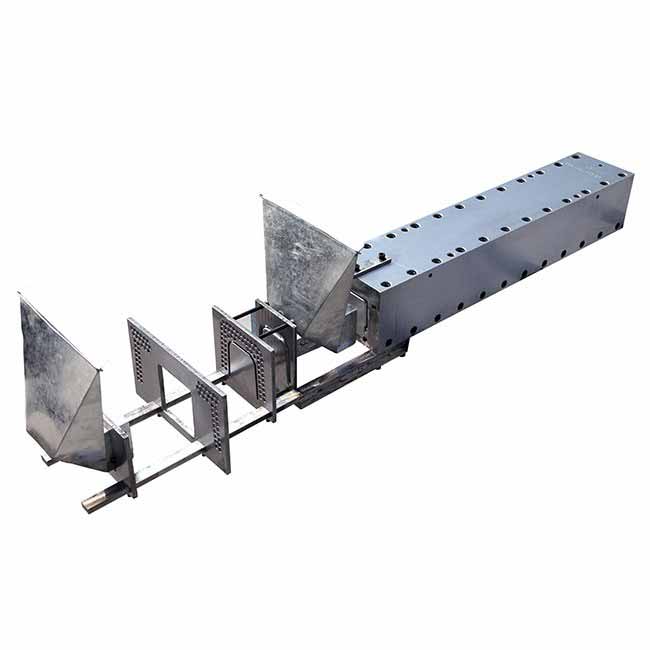Fiberglass crossarms are structural components that support electrical wires and cables on utility poles. They are made of fiberglass reinforced polymer (FRP), a composite material that combines fiberglass fibers with a resin matrix. Fiberglass crossarms have several advantages over traditional wood or steel crossarms, such as:

High Strength and Durability
Fiberglass crossarms have high tensile and flexural strength, which means they can withstand high loads and stresses without breaking or bending. They also have high resistance to corrosion, UV rays, moisture, insects, fungi, and fire, which makes them suitable for harsh outdoor environments. Fiberglass crossarms can last for decades without requiring maintenance or replacement.
Light Weight and Easy Installation
Fiberglass crossarms are much lighter than wood or steel crossarms, which reduces the weight and cost of transportation and installation. They also have a uniform shape and size, which simplifies the design and fabrication process. Fiberglass crossarms can be easily drilled, cut, or spliced to fit different pole configurations and applications.
Environmental Friendliness and Safety
Fiberglass crossarms are environmentally friendly because they do not require chemical treatments or coatings that can leach into the soil or water. They also do not emit harmful gases or particles when exposed to high temperatures or flames. Fiberglass crossarms are safer for workers and customers because they do not splinter, crack, or conduct electricity.
Market Trends and Opportunities
The global market for fiberglass crossarms is expected to grow at a compound annual growth rate (CAGR) of 5.6% from 2020 to 2027, reaching USD 1.2 billion by 2027. The main drivers for this growth are:
The increasing demand for electricity and the expansion of power distribution networks in developing countries.
The replacement of aging and deteriorating wood or steel crossarms in developed countries.
The adoption of smart grid technologies and renewable energy sources that require more reliable and efficient infrastructure.
The rising awareness of the environmental and economic benefits of fiberglass crossarms among utility companies and customers.
Conclusion
Fiberglass crossarms are an innovative and superior alternative to wood or steel crossarms for supporting electrical wires and cables on utility poles. They offer high strength and durability, light weight and easy installation, environmental friendliness and safety, and cost-effectiveness. The global market for fiberglass crossarms is expected to grow steadily in the coming years due to the increasing demand for electricity, the replacement of old infrastructure, the adoption of smart grid technologies, and the rising awareness of the benefits of fiberglass crossarms.







